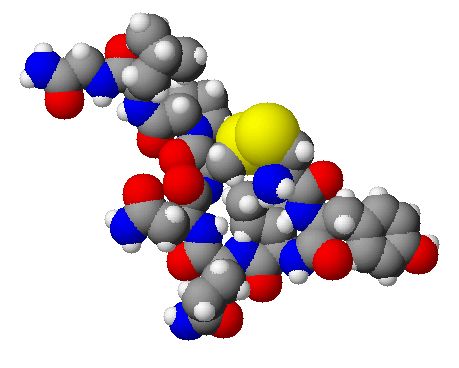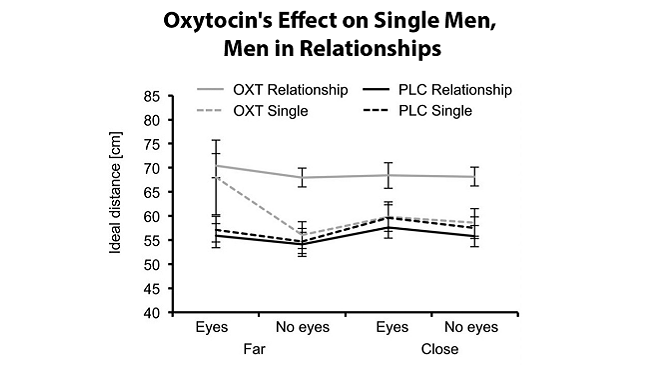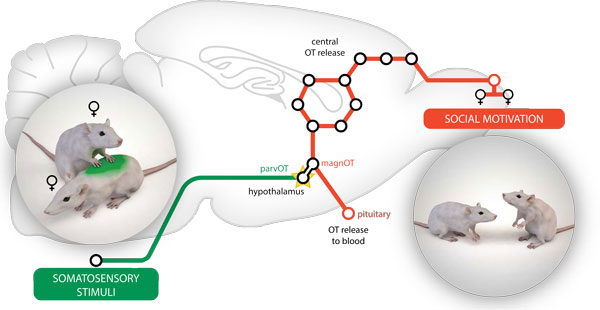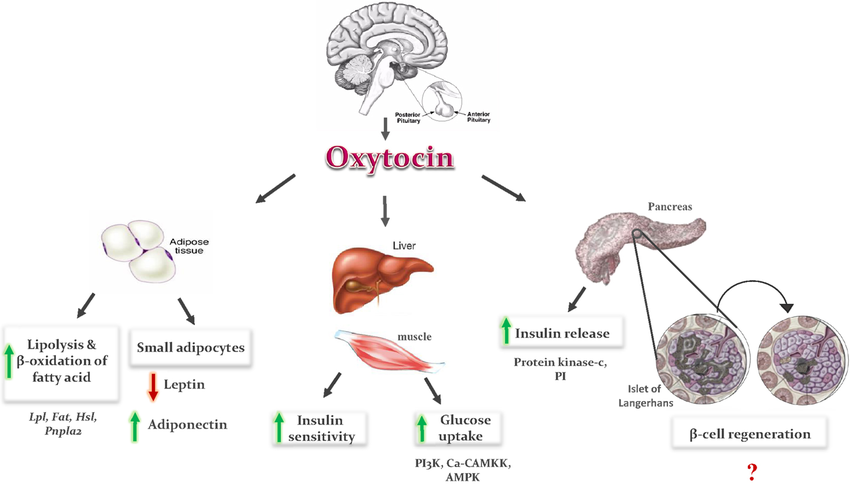Oxytocin affects response to social touch
Table of Contents
Table of Contents
Oxytocin is a hormone associated with human connection, social bonding and trust. It is also known as the “Love Hormone”. Science has shown that Oxytocin plays a vital role in strengthening relationships, in particular through touch. In this article, we’ll explore the role of Oxytocin and the power of touch, and how it can help us build relationship resilience.
Importance of Oxytocin and the Role of Touch in Building Relationship Resilience
Human beings are innately social creatures, and our relationships, whether romantic or platonic, contribute to our overall well-being. Studies have shown that oxytocin plays a crucial role in modulating social behavior and promoting social bonding. The hormone promotes closeness and affection, encouraging touch and intimacy between partners.
In today’s world, relationships can be challenging, and partners may experience various stressors such as infidelity, financial strains or work pressures. Oxytocin can help build resiliency through such challenges by promoting feelings of trust and attachment, and by creating a feedback loop where touch increases oxytocin, which in turn motivates us to seek more touch-related experiences.
Why Oxytocin and the Role of Touch Builds Resilience
Oxytocin promotes social bonding which can lead to more resilient relationships – bonds that can weather the toughest of life’s storms. People exposed to touch were found to be more confident in their ability to cope with stress and better able to handle difficult emotions, such as fear or sadness.
The hormone also serves as a buffer against stress, increasing our capacity to manage stress and support our partners when they are under stress. This can lead to a positive cycle of increasing trust and intimacy, which in turn encourages even more affectionate and intimate contact.
Personal Experience with Oxytocin and the Role of Touch in Building Relationship Resilience
My husband and I have found that touch can help us build relationship resilience. When we’re busy or stressed, it’s easy to forget the importance of touch, but we make a point to hold hands or hug each other before we go our separate ways. We’ve found that even a simple act of touch can boost our mood and help us feel more connected regardless of what we’re going through. Furthermore, we’ve noticed that when one of us is experiencing stress, the other person’s touch can act as a powerful buffer against difficult emotions.
The Science Behind the Role of Touch in Building Relationship Resilience
The brain is wired to respond positively to touch, and studies have shown that regular touch can boost levels of the Oxytocin hormone. When oxytocin is released, we’re more likely to feel love, happiness, and bonding. Furthermore, oxytocin has been linked to an increased sense of trust and a decrease in social anxiety, providing a buffer during challenging times.
How to Boost Oxytocin
If you want to experience the power of touch and oxytocin, there are many things you can do. Simple acts such as hugging, holding hands, and cuddling can all promote the release of oxytocin. Getting a massage or engaging in other activities that involve physical touch can also be helpful in triggering the release of Oxytocin. Further research shows that practicing mindfulness can help produce oxytocin and promote social connection.
The Link Between Oxytocin and the Role of Touch in Building Resilience
Touch can have a profound effect on our overall well-being and resilience. When we experience stress, touch can help neutralize the negative physical and emotional effects. Consistent touch also promotes the release of oxytocin, the hormone responsible for boosting feelings of trust, bonding, and intimacy. Partner touch can be especially beneficial for relationships, promoting long-term resiliency.
Question and Answer Section
Q: What is Oxytocin?
A: Oxytocin is a hormone known for its association with human connection, social bonding, and trust. It’s often referred to as the “Love Hormone.”
Q: How does touch help build relationship resilience?
A: Touch promotes trust, affection, and intimacy between partners. This, in turn, creates a positive feedback loop that helps to increase oxytocin levels, which can lead to increased resiliency in the relationship, allowing them to better withstand stressful or difficult times.
Q: Can anyone benefit from touch and oxytocin?
A: Yes, anyone can benefit from touch and the release of oxytocin. Physical touch can be especially beneficial for those experiencing stress or difficult emotions, helping to promote a sense of well-being and connection to others.
Q: How can you increase the release of oxytocin?
A: Engaging in activities that promote physical touch, such as cuddling, holding hands, or getting a massage, can all help increase the release of oxytocin. Practicing mindfulness and cultivating social connections can also help to promote the release of the hormone.
Conclusion of Oxytocin and the Role of Touch in Building Relationship Resilience
Oxytocin and touch are powerful tools in building resilient relationships. Acting as a buffer against stress and promoting social bonding, it’s clear that these are essential components of any flourishing relationship. By understanding the connection between oxytocin and touch and incorporating them into our daily lives, we can better weather the toughest of life’s challenges and create long-lasting connections with others.
Gallery
» Human Touch And Our Internal Connection To Beauty Beauty Blog
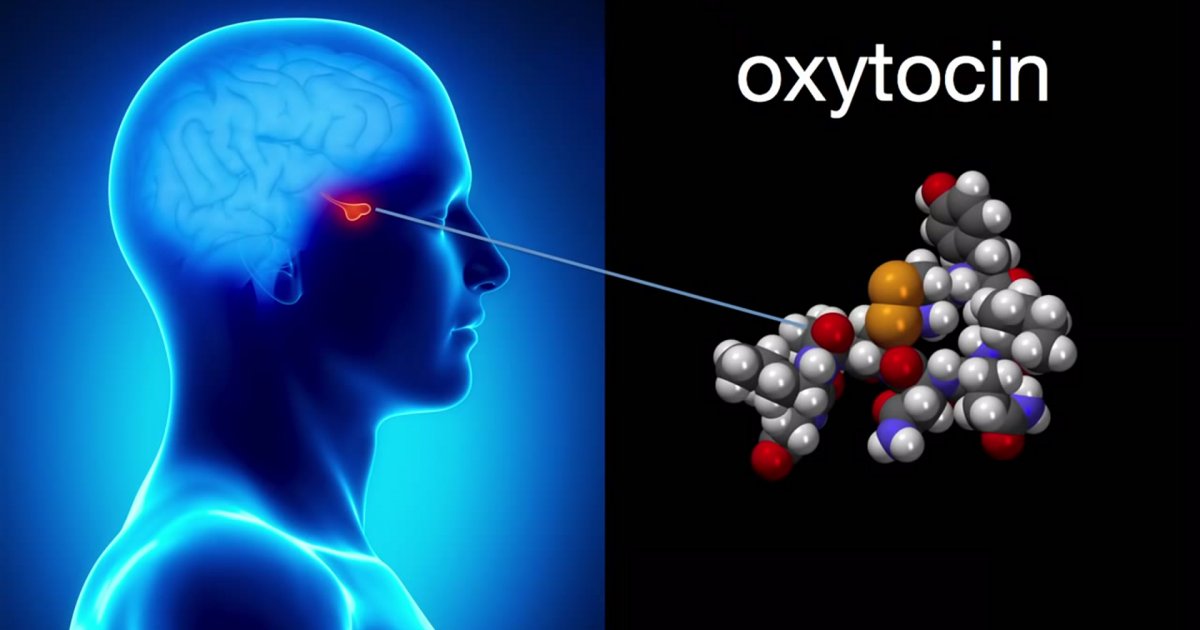
Photo Credit by: bing.com / oxytocin hormone hug gland brain released porn ted stress pituitary beauty releases when forth author young gary wilson effects talk
Oxytocin: The Love Hormone | Why We Need It | How We Can Get It
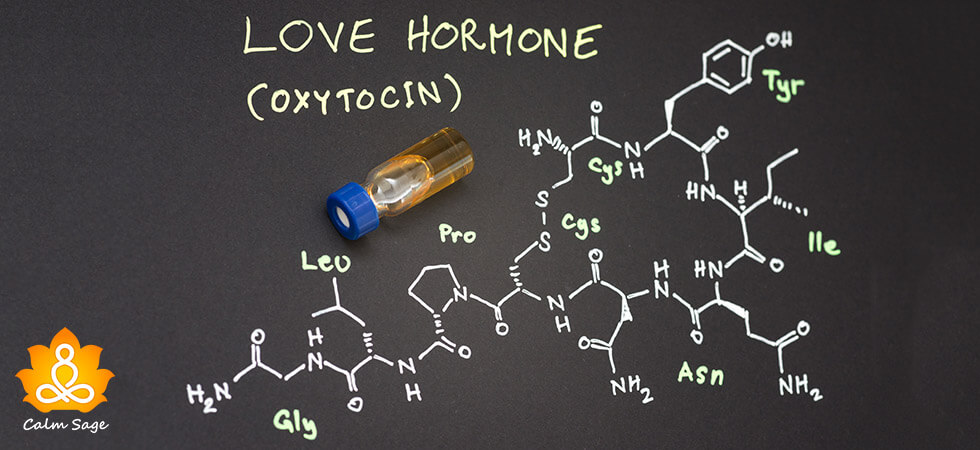
Photo Credit by: bing.com / oxytocin hormone neurotransmitter
Oxytocin Affects Response To Social Touch

Photo Credit by: bing.com / oxytocin touch response social increases difficulty patients serious ban put many would perception increased pleasantness subjects administration recent study female
Love, Actually: The Science Behind Lust, Attraction, And Companionship

Photo Credit by: bing.com / oxytocin lust attraction role vs men science companionship dopamine attachment behind three relationship hormones serotonin when vasopressin sitn hms harvard
Frontiers | Two Birds With One Stone: Possible Dual-Role Of Oxytocin In
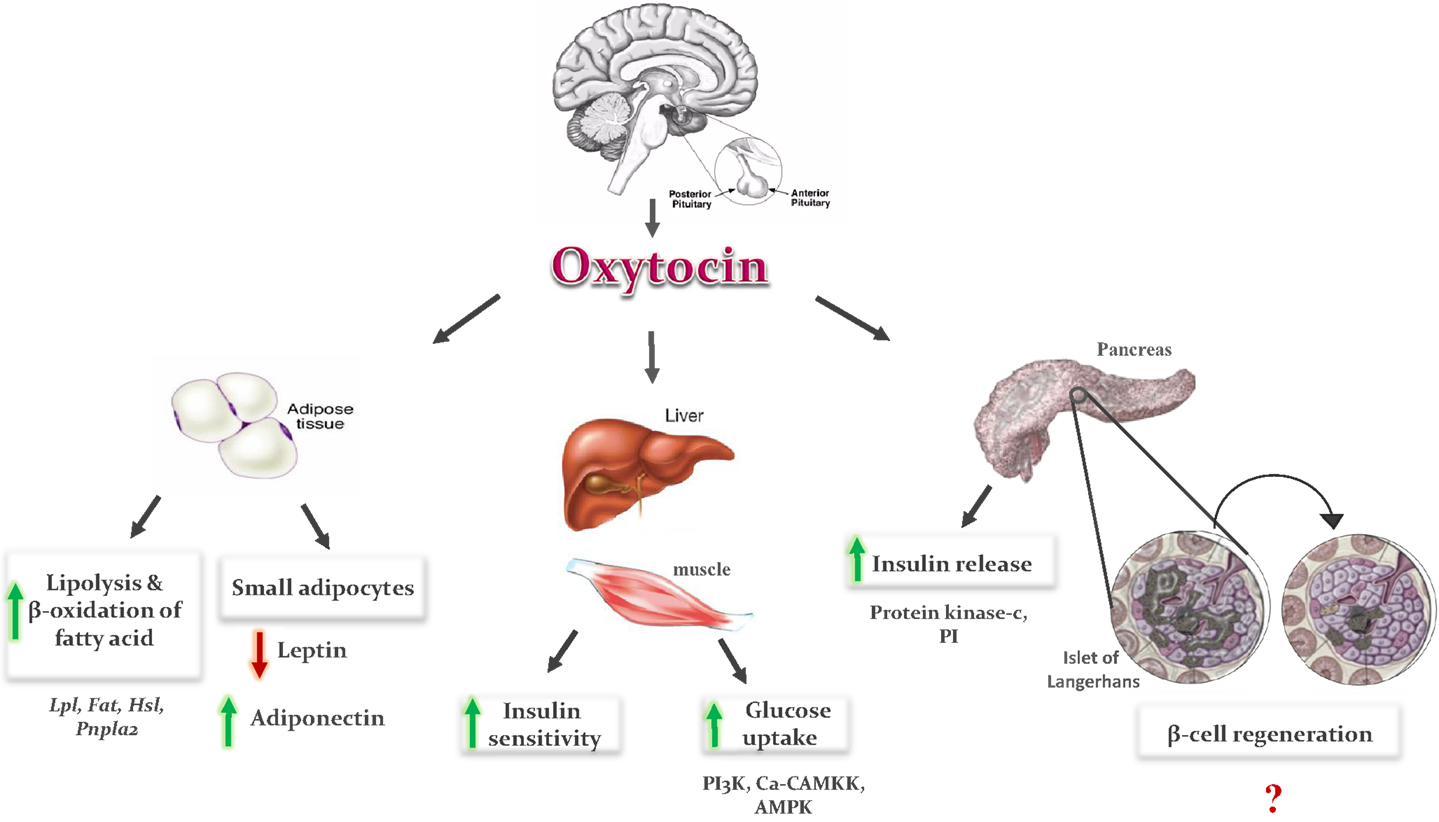
Photo Credit by: bing.com / oxytocin role hormone pituitary pregnancy secreted effects posterior gland released diabetes cells secretion when hormon hypothalamus metabolic dual osteoporosis two

